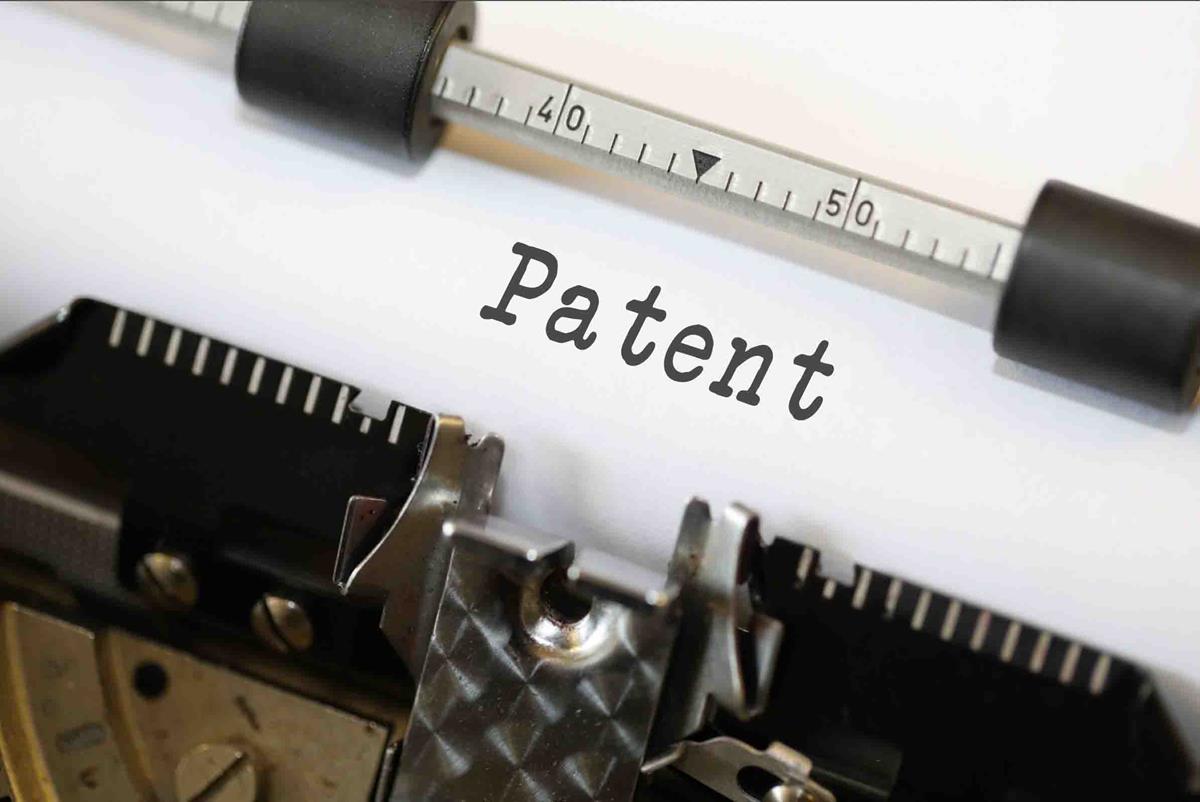Patents were initially developed to give companies exclusive rights to a product or idea, providing a legal framework to help recoup the costs of research and development (R&D). This system ensures that businesses investing in new technologies and innovations have a competitive advantage for a set period. However, the reality of patent protection, particularly for small businesses, is far from straightforward. The ability to defend a patent, especially against well-funded competitors or overseas manufacturers, is increasingly challenging. Let’s explore why patents—while still necessary—have become difficult to protect and often result in more costs than benefits, particularly for small businesses.
The Purpose of Patents and the Challenge of Enforcement
At its core, a patent grants an inventor or company the right to prevent others from making, using, or selling an invention without permission. The original intention of this legal framework is simple: reward innovation and provide inventors with a period of exclusivity to earn profits and recover R&D costs. For large corporations like Callaway Golf, which spends between $30 million and $35 million annually on R&D, a patent can offer a temporary competitive advantage in the market.
However, as the example of Callaway’s Big Bertha driver shows, patent protection is not foolproof. Within days of Callaway launching its newest driver, a Chinese company reverse-engineered the product and began selling replicas online at half the price, including Callaway branding. These knockoffs bypassed any R&D investment, allowing the counterfeiters to undercut Callaway’s price significantly. Despite Callaway’s patent, enforcing it against international knockoff manufacturers is a monumental task. Patent protections primarily cover the domestic market, so Callaway would need to file and defend patents in every country where the knockoff products are being sold. This process is expensive and time-consuming, especially for small businesses that lack the financial resources of a company like Callaway.
The Cost and Complexity of Legal Battles
For smaller companies, the cost of defending a patent can be prohibitive. Filing a patent can cost between $10,000 and $30,000 in the U.S. alone, depending on the complexity of the invention. This does not account for international filings, which are necessary to protect the product in other countries. Once a company realizes that its patent has been infringed upon, the costs escalate. Litigation for patent infringement is a costly endeavor, often ranging from $500,000 to over $2 million or more, depending on the scope of the case and how long it drags on.
Consider the case of TiVo, which pioneered the Digital Video Recorder (DVR) technology. In 2004, TiVo sued Dish Network, a multi-billion-dollar corporation, for deliberately using DVR technology in its set-top boxes without proper licensing. Although TiVo won the case, they were awarded a $500 million settlement—far less than they had anticipated. When the lawsuit was filed in 2004, Dish Network was a $7 billion a year company, but by the time TiVo received the settlement in 2011, Dish had grown to over $14 billion in annual revenue. Meanwhile, TiVo’s focus on the lawsuit saw its revenue decline from $668 million in 2004 to just $219 million by 2011. Ultimately, the settlement cost Dish Network only about 13 days—less than two weeks—of subscription revenue, making it a relatively small price to pay. Furthermore, the settlement allowed Dish Network to continue producing and selling DVRs. For TiVo, what appeared to be a legal victory translated into an expensive and partial success. The high costs of litigation, both financially and in terms of time, often outweigh the rewards, especially for smaller businesses that lack the legal and financial resources to sustain lengthy court battles.
The complexity and cost of patent enforcement create a significant barrier for small businesses and inventors. Even when companies manage to defend their patents in court, the challenge of actually collecting on any judgment or settlement remains. Big corporations like Dish Network can absorb legal costs and continue to operate. Meanwhile, for small businesses, a protracted legal battle can drain financial resources and result in bankruptcy before any settlement is even reached.
International Patent Challenges: Global Marketplace, Local Protection
One of the most significant challenges in today’s global marketplace is that U.S. patents only offer domestic protection. To safeguard a product in international markets, patents must be filed in each relevant jurisdiction, which becomes prohibitively expensive for small businesses. China, in particular, has gained notoriety as a hotbed for intellectual property (IP) theft. According to the Office of the United States Trade Representative (USTR), China remains the primary source of counterfeit goods and pirated software.
Even with international patents, enforcing them is an uphill battle. The Chinese legal system, while making strides in IP protection, still has gaps that make it difficult for foreign companies to win cases. According to a report from the U.S. Patent and Trademark Office (USPTO), the Chinese IP enforcement system favors domestic companies, and foreign plaintiffs are often at a disadvantage.
For many small businesses, the cost and complexity of pursuing patent violations internationally are beyond reach. Therefore, while a patent might technically protect a product, the practical reality is that international infringers can often operate with impunity, particularly in jurisdictions with weak IP enforcement.
Time Limits and the Race Against Expiration
Even if a company can afford the high costs of filing and enforcing a patent, time is another crucial factor. Patents only offer protection for a limited period, typically 20 years from the filing date in the U.S. This time limit adds pressure for businesses to educate the market about their product, achieve widespread adoption, and recoup their R&D investments before the patent expires. Small businesses often struggle with this timeline as they lack the marketing and distribution channels of larger corporations.
During this period, competitors may develop alternative technologies or workarounds that do not infringe on the patent but effectively offer the same benefits. In industries where technology evolves rapidly, such as electronics and software, the lifecycle of a product may be shorter than the patent protection period, leaving companies racing against both the clock and the competition.
Are Patents Worth the Effort?
For many small businesses and independent inventors, the decision to patent an idea becomes a complex cost-benefit analysis. Inventors must ask themselves hard questions: Is the idea worthy of patenting? Can they enforce a patent violation if one is discovered? Do they have the resources to dominate the market before the patent expires? The reality is that many small businesses are better off licensing their ideas to established companies with deep pockets, as these firms have the legal, financial, and marketing resources to defend and promote the product.
Furthermore, inventors must consider that patents are not always the best way to protect an idea. Trade secrets, trademarks, and even being the first to market can sometimes offer better protection than a costly and difficult-to-enforce patent. A patent provides protection, but only to the extent that the holder is willing and able to defend it in court. For small businesses, this is often an unrealistic expectation.
Related Post: The Honest Truth; Why Patents Are Often Not Worth It
Conclusion
While patents remain a crucial tool for protecting intellectual property, the practical reality of enforcing them is fraught with challenges, especially for small businesses. From the high costs of litigation to the complexities of international protection, the teeth of patent enforcement have been dulled in the modern global economy. Inventors and small business owners must weigh the benefits of patent protection against the financial and logistical burdens of defending their rights. In many cases, partnering with established companies or seeking alternative protection methods may offer a more viable path forward.
Before rushing to file a patent, small business owners must carefully assess whether they have the resources to protect it and whether the potential rewards justify the significant costs involved. For many, the answer may be no.
Is your idea worthy of a patent? Assuming it is, could you enforce a patent violation even if you discovered one? Do you have the capital to gain the traction necessary to dominate your market segment before time runs out? What is patenting your idea really worth to you?
UPDATE Steven Imke, Dec 10, 2025, at 11:29 am: A client who has experienced a number of patent infringement issues shared the following information about a law firm that he has been using. “Greer Burns &Crain (GBS), is a Chicago-based law firm specializing in intellectual property enforcement online. This firm is unique in that there is no retainer or hourly billing. They make money by obtaining court orders to freeze the funds of online counterfeiters and then collecting damages from those accounts. GBS takes the initial $15K of any winnings and thereafter shares subsequent winnings with the client, split 65-35. They have a client list full of A-list companies like Dyson, the NHL, and the NBA, and their win rate in court is 100% because overseas counterfeiters never appear for their day in court in Chicago. The caveat is that they will not go after domestic counterfeiters.”












